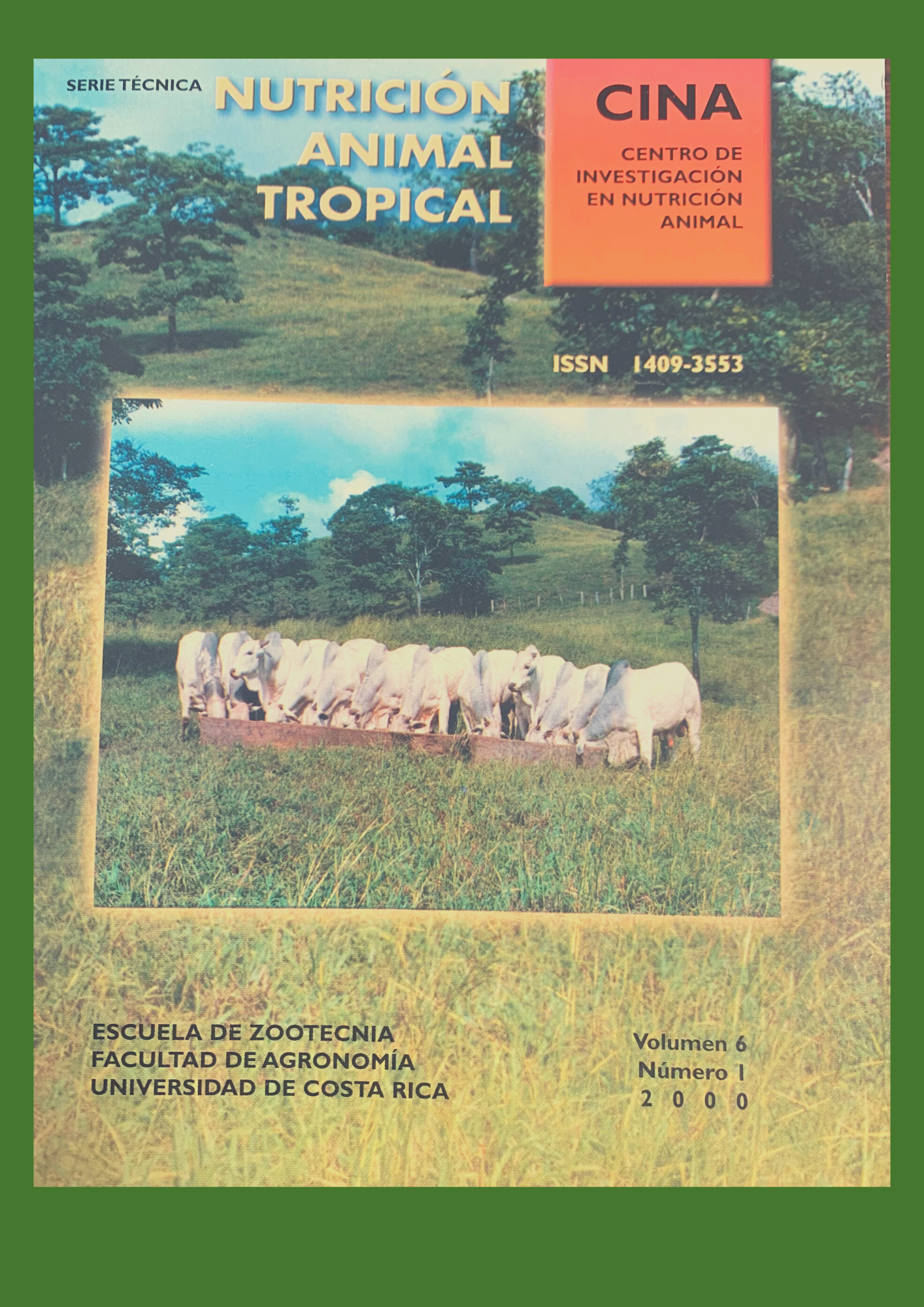Abstract
Fiber in Dairy Cattle Nutrition. A review Fiber or cell wall is essential in dairy cattle nutrition as well as in ruminants in general. This nutritional fraction consists of cellulose, hemicellulose, lignin, lignified nitrogen, cutin and silica. Its importance in dairy cattle nutrition relies on its physical and chemical properties. Cell wall stimulates saliva secretion as well as buffers, which stabilizes ruminal pH. Likewise, it undergos microbial fermentation in the rumen to produce volatile fatty acids, which are the main energy source for the ruminant. Neutral detergent and acid detergent fiber are the main cell wall fractions used in ration formulation. Fiber has important implications in dairy cattle nutrition, because it helps to maintain normal rumen function and motility, milk production and its composition, and allows to estimate feed intake as well as the energy content of feeds and forages. Fiber level in the diet has to be such that keeps the health of the animal, but at the same time does not interfere with feed intake nor energy density of the diet. Fiber requirements depends on body condition of the cow, particle size of the feed, buffer capacity of the diet, feed intake frequency as well as economical aspects. NRC (1989) recommends levels of 19 Io 27% of ADF and 25 to 35% of NDF in dairy rations, depending on milk production level. Likewise, it suggests that 75% of total NDF has to be supplied by forages. However, recent research shows that forage NDF in the diet could be reduced to 75-16% of dry matter, when NDF content of the total diet is 28 % or higher. Nonforage fiber sources may be used to reduce the forage NDF levels to 60-65% of total NDF. According to some authors nonforage fiber sources are 40 to 80% as effective as forage fiber. Different studies indicate that the level of NDF in the diet depends on its quality, so diets having legumes as main fiber source, require higher levels of NDF than those with grasses/ since grasses have higher effective fiber levels. Particle size must be bigger than 0.95 cm to prevent milk fat depression. Another factor to consider when NDF requirements are to be established is the source of non fiber carbohydrates, if this nutritional fraction consists of readily fermented starch, fiber level in the ration has to be higher. Recommendations of dairy cattle fiber requirements has to be taken as guides, since the dairy herd has its own nutritional needs because of its milk production level, diet quality and feeding practices at the farm.
